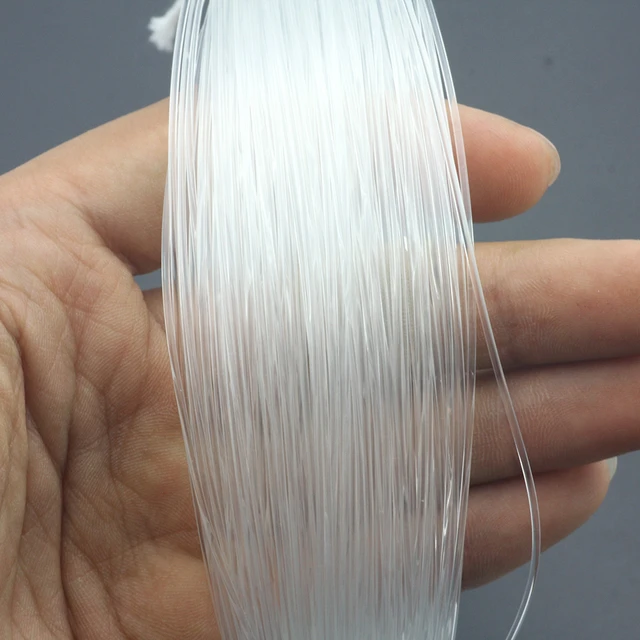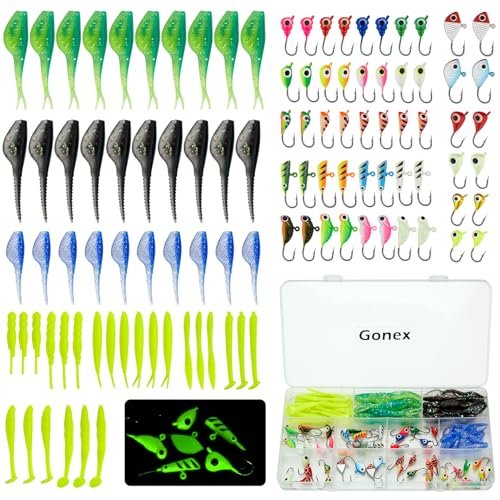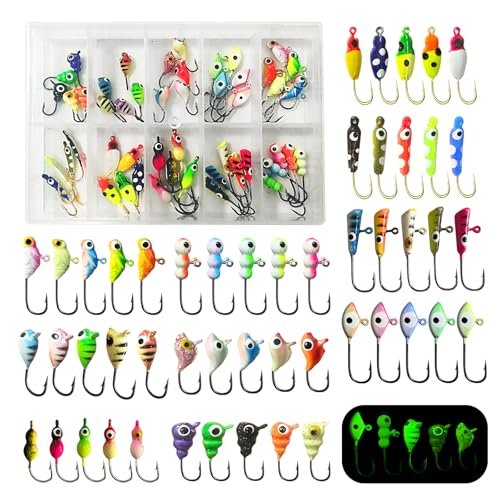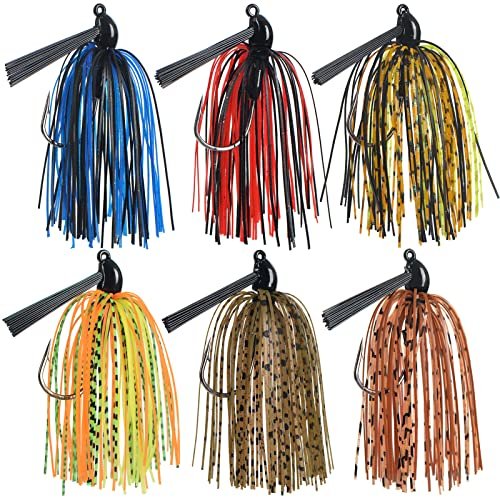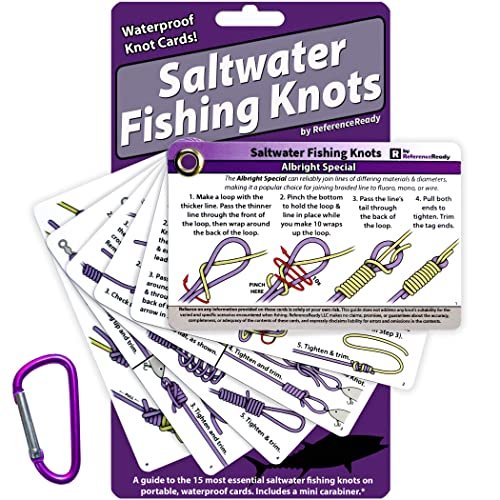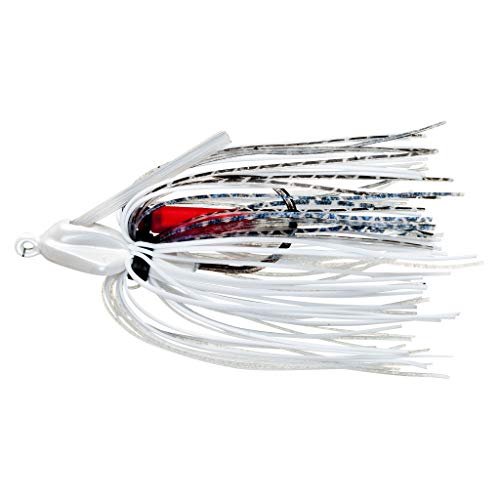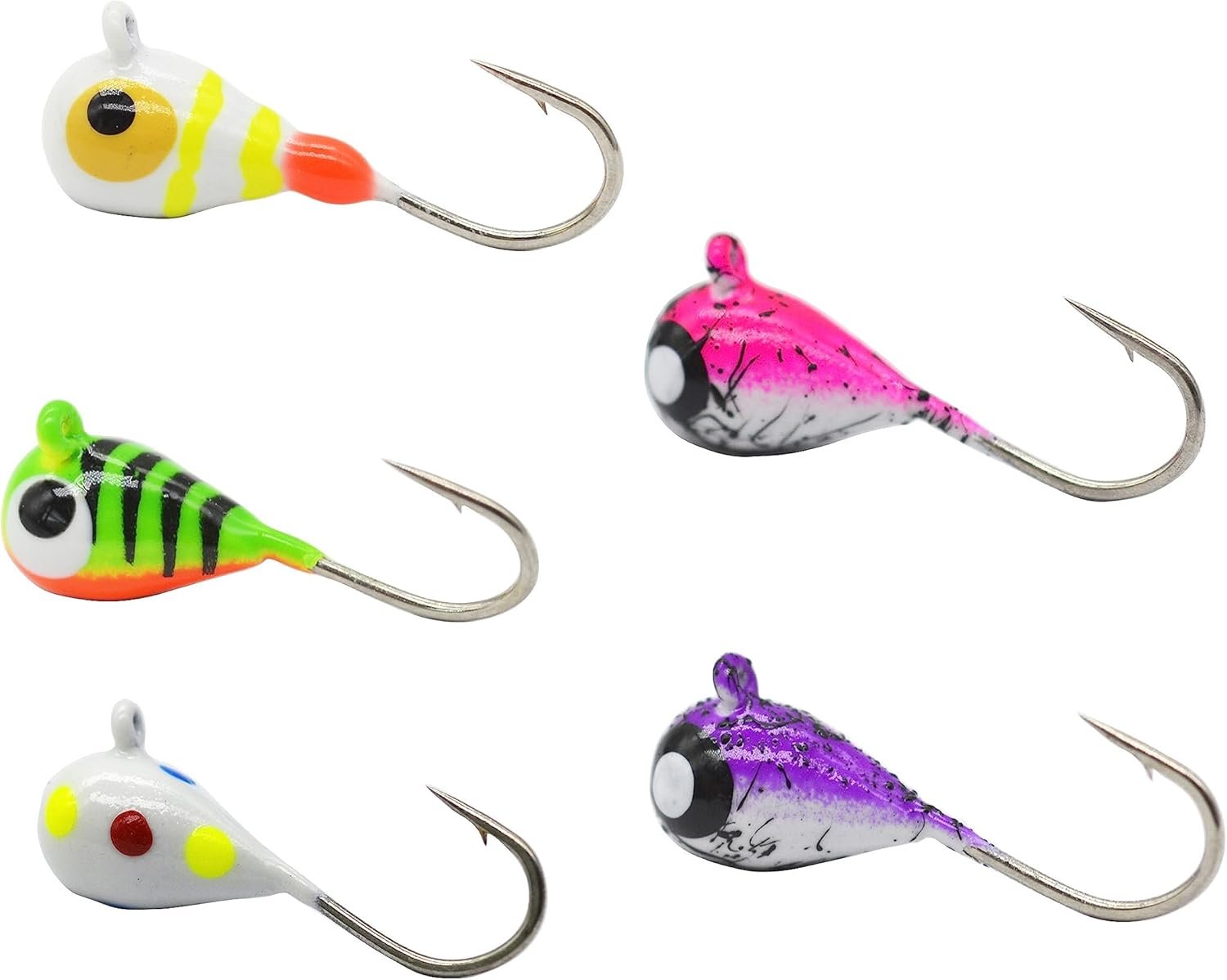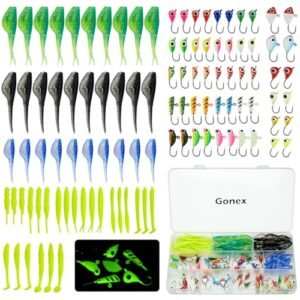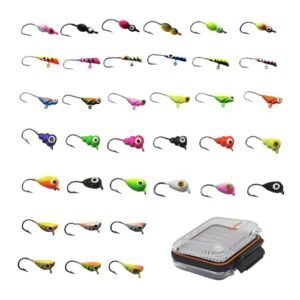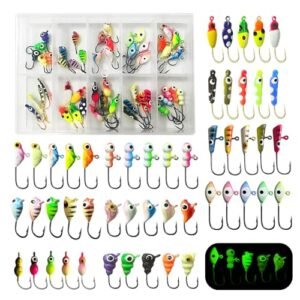Anglers prefer thick fishing lines for targeting large and strong fish species. These lines resist abrasion and withstand tough conditions. They are ideal for deep-sea fishing, where the gear faces intense pressure. Thick lines also reduce the risk of line breakage, ensuring a successful catch.
Their visibility in water can be a drawback in clear conditions. Choosing the right thickness depends on the target fish and fishing environment. Proper selection enhances fishing efficiency and success rates. Always consider the balance between strength and visibility for the best results.

Introduction To Thick Fishing Lines
Thick fishing lines are strong and durable. They are used to catch big fish. These lines have a larger diameter. This makes them resistant to wear and tear. They can handle more weight without breaking.
What Sets Them Apart
Thick fishing lines can bear heavy loads. They are less likely to snap. They provide better control over large fish. The lines are often made of strong materials. These materials include nylon, fluorocarbon, or braided fibers.
Common Uses In Angling
Anglers use thick lines for deep-sea fishing. They are also used in freshwater fishing for large species. These lines are perfect for fishing in rough conditions. Many anglers prefer them for their strength and reliability.

Material Composition
Monofilament lines are made from a single fiber. They are stretchy and flexible. Braided lines use multiple fibers twisted together. These lines are strong and thin. Monofilament is good for beginners. Braided lines are preferred by experienced anglers. Each type has unique benefits. Choose based on your fishing needs.
Fishing lines have advanced a lot. New materials make them stronger. Some lines resist water and UV rays. Others have special coatings for smooth casting. Technology helps lines last longer. These innovations make fishing more fun. Always look for new features when buying a line. This ensures you get the best performance.
Measuring Line Thickness
A thick fishing line measures greater in diameter, offering increased strength and durability. Ideal for catching larger fish, it resists breaking under heavy loads.
Diameter And Pound-test Explained
The diameter of a fishing line shows how thick it is. A thicker line can handle more weight. This is called the pound-test. If a line has a higher pound-test, it means it can hold heavier fish.
Tools For Measuring Line Width
Use a micrometer to measure the line’s diameter. A ruler works too but is less precise. Some people use a caliper for better accuracy. These tools help you pick the right fishing line.

Credit: www.aliexpress.com
Strengths Of Using Thicker Lines
Thicker fishing lines provide greater durability. They withstand rough conditions in water. Rocks and debris are less likely to cut through them. These lines last longer and do not need frequent replacement. They are perfect for fishing in rough seas or near sharp objects. Anglers trust thicker lines for their reliability.
Using thicker lines gives better control over large fish. They handle the weight and strength of bigger catches. Thicker lines prevent the line from snapping. Anglers feel more confident reeling in heavy fish. These lines also help in maintaining steady tension during a catch. This ensures a successful and secure fishing experience.
Impact On Casting Performance
Thicker fishing lines are harder to cast far. They have more weight and drag in water. This makes your fishing rod bend more. A thicker line can cause shorter casts. Thin lines cast farther and smoother. Fishing with thick lines can be tiring. It takes more effort to cast.
Thicker lines are less accurate. They catch more wind. This makes them blow off course. Thin lines are more accurate and cut through wind better. Thick lines can also tangle more easily. They are harder to control in windy weather.
Situational Advantages
A thick fishing line offers enhanced durability and strength, ideal for catching larger fish. This type of line resists abrasion and withstands heavy loads, providing a reliable option for challenging fishing conditions.
Deep Sea Fishing Scenarios
A thick fishing line is very strong. It can handle heavy fish in deep waters. Big fish pull hard, but thick lines do not break easily. Thick lines resist cuts from sharp objects. They are also more visible in murky water. This helps in tracking the line’s movement.
Heavy Cover And Vegetation
Fishing in areas with heavy cover is tough. Thick lines do not get tangled easily. They can cut through dense vegetation. Anglers can pull fish out of weeds quickly. This saves time and effort. Thick lines are also less likely to snap in rough conditions.
Considerations For Line Maintenance
Always rinse your fishing line with fresh water. This helps to remove any salt or dirt. Use a soft cloth to wipe it down. Make sure it is completely dry before storing. Store the line in a cool, dark place. Avoid direct sunlight as it can weaken the line. Keep it away from chemicals and sharp objects.
Check your line for frays or nicks regularly. Replace it if you see any damage. Change your line once a year even if it looks fine. A new line ensures better performance. Heavy use may require more frequent replacement. Always inspect the line before each fishing trip.
Choosing The Right Thick Line
Different fishing techniques need different lines. Thick lines are strong and good for big fish. They work well for deep-sea fishing. Thin lines are better for small fish. They are used in freshwater fishing.
| Environment | Line Type | Features |
|---|---|---|
| Deep Sea | Thick Line | Strong, handles big fish, durable |
| Freshwater | Thin Line | Flexible, good for small fish, easy to cast |
| Rocky Areas | Thick Line | Abrasion-resistant, strong, lasts long |
Expert Angler Insights
A thick fishing line can handle big fish. It reduces the risk of breakage. Always check the line for wear and tear. Use a strong knot for better results. Keep the line clean and dry after use. Store it away from sunlight to avoid damage. Thicker lines can be harder to cast. Practice casting to improve your skills.
Do not use old fishing lines. They weaken over time. Avoid tying weak knots. They can slip and break easily. Do not store lines in direct sunlight. It weakens the material. Avoid casting without checking the line. It might have abrasions. Do not overload the line with heavy lures. It can snap under pressure.
Frequently Asked Questions
Is Thicker Fishing Line Better?
Thicker fishing line offers increased strength and durability. It resists abrasion better but reduces casting distance and lure movement. Choose line thickness based on your fishing needs and target species.
What Is The Thickness Of A Fishing Line?
Fishing line thickness varies between 0. 005 inches to 0. 035 inches. It depends on the type and strength needed.
How Thick Is A 12lb Fishing Line?
A 12lb fishing line typically has a diameter of around 0. 30mm to 0. 38mm. The exact thickness can vary by brand.
What Are The Three Types Of Fishing Lines?
The three types of fishing lines are monofilament, fluorocarbon, and braided. Monofilament is versatile and affordable. Fluorocarbon is nearly invisible underwater. Braided lines are strong and durable.
Conclusion
Choosing the right fishing line is crucial for success. A thick fishing line offers strength and durability. It helps in catching larger fish. Understanding its benefits can enhance your fishing experience. Always consider the type of fish and environment before selecting your line.
Happy fishing!
